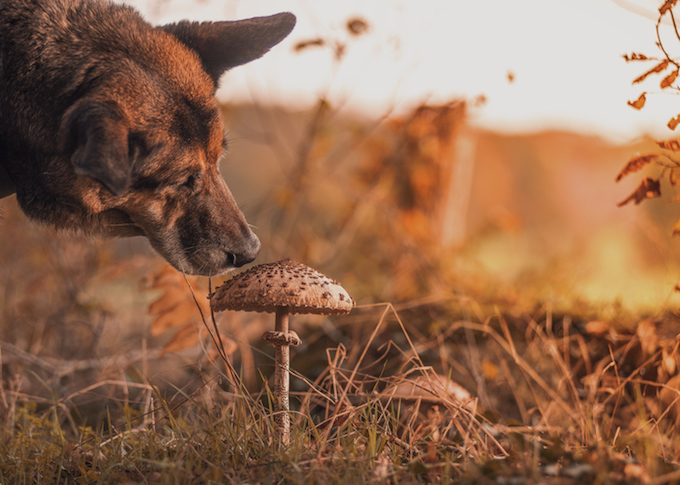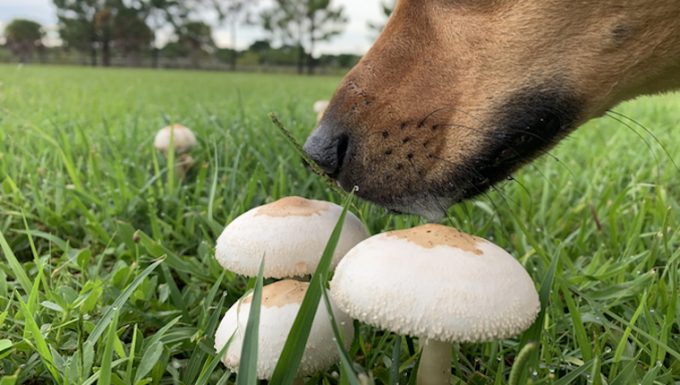Fungal pneumonia in dogs is a type of pneumonia that’s caused by breathing in fungal spores. Unfortunately, the condition can be life-threatening for dogs.
Generally, a dog can pick up the condition from infected soil.
Additionally, certain breeds of sporting and hunting dogs are most at risk of the condition.
Technically, the condition is also known as mycotic pneumonia in dogs.
If you see the signs of the condition in your dog, then get to a veterinarian for a proper diagnosis and treatment.
Here’s what you should know about the symptoms, causes, and treatments for the condition.
Symptoms of fungal pneumonia in dogs
The condition produces quite a range of symptoms. For example, some of the most common symptoms include:
- Diarrhea
- Breathing problems
- Weight loss
- Fainting
- Weakness
- Coughing
- Fever
- Eye discharge
- Nose discharge
- Eye problems
- Depression
Causes of fungal pneumonia in dogs

The cause of the condition is breathing in fungal spores. For instance, some of the ways this can happen include via infected soil and bird poop.
Additionally, sporting and working dogs including Terrier, Retriever, and Setter breeds are most at risk of developing the condition.
Treatments for fungal pneumonia in dogs
Firstly, your vet will ask about your dog’s symptoms. Secondly, your vet will ask about any circumstances where your dog could have come into contact with fungal spores.
Thirdly, your vet will carry out a full physical examination. Blood and urine tests will be taken. Additionally, X-rays can be used to see how far the condition has spread.
Usually, treatment begins with intravenous fluid and oxygen therapy. This is to stabilize your dog.
Ultimately, anti-fungal medication is used to treat the condition. As always, if your vet prescribes your dog any medicine, make sure to stick to the correct dose and frequency instructions. Also, complete the full course of medicine.
However, be warned that it can take time to find effective medication for your dog. This process can take around six months in some cases, so be patient.
Ultimately, prevention is better than cure with this condition. So try to keep your dog away from any outdoor areas that might be infected.
Have you ever cared for a dog who suffered from this condition? How did your vet help your dog recover? Let us know in the comments section below.









